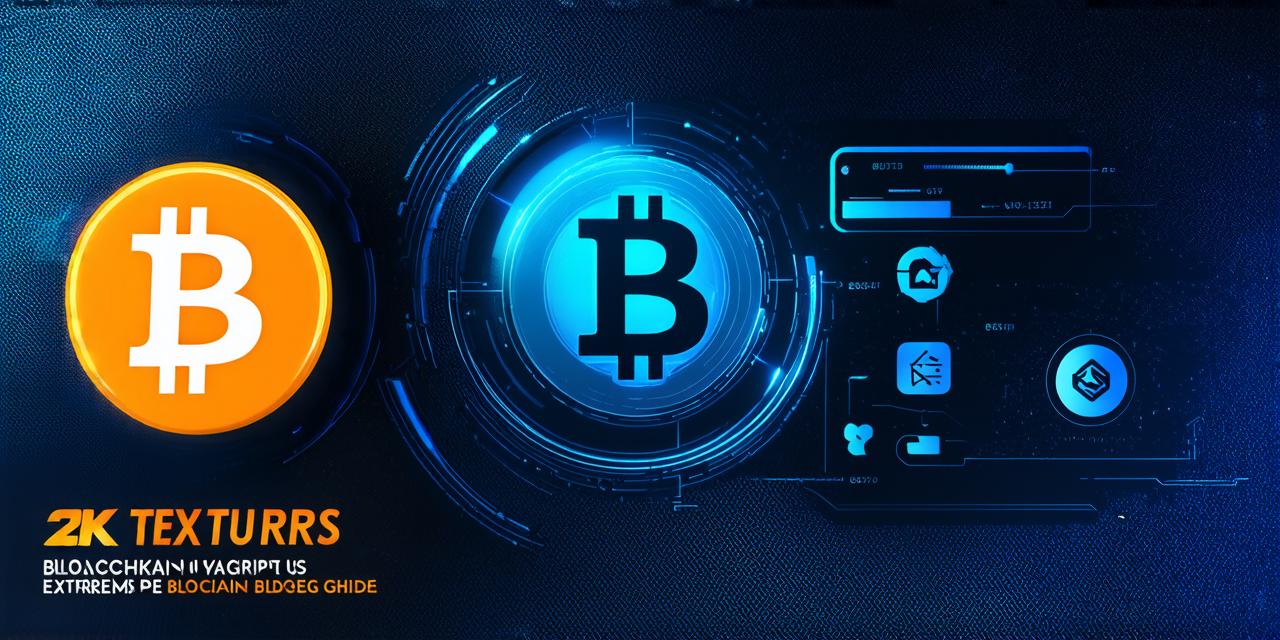Have you heard of blockchain? If not, you might be wondering what it is and why everyone seems so excited about it. In simple terms, blockchain is a decentralized digital ledger that records transactions across multiple computers. It was first introduced with the creation of Bitcoin in 2008 and has since been adapted for various use cases such as supply chain management, voting systems, and identity verification.
What is Blockchain Technology?
Blockchain technology is a distributed ledger that allows multiple parties to share and access data securely. It was designed to be decentralized, meaning there is no central authority controlling the network. Instead, each participant in the network maintains a copy of the ledger, and any changes made to it are verified by consensus.

The key feature of blockchain technology is that it is immutable, meaning once data has been recorded on the ledger, it cannot be changed or deleted. This makes it ideal for applications that require transparency and security.
How Does Blockchain Work?
At its core, a blockchain is a chain of blocks that contain information about transactions. Each block in the chain contains a cryptographic hash of the previous block, which creates an unalterable link between them. This ensures that any changes made to the data in one block will be reflected in all subsequent blocks.
When new data is added to the blockchain, it is grouped into blocks and verified by consensus. The verification process involves multiple parties agreeing that the data in each block is accurate and complete. Once a block has been verified, it is added to the chain, creating a permanent record of the transaction.
Getting Started with Blockchain
If you are interested in getting started with blockchain technology, there are several steps you can take:
-
Learn the basics of blockchain
-
Choose a blockchain platform
-
Set up a development environment
-
Build your first blockchain application
-
Deploy your blockchain application
Case Study: Building a Decentralized Supply Chain Application
One example of how blockchain technology can be applied is in supply chain management. A decentralized supply chain application can provide transparency and security for transactions, while also reducing the need for intermediaries.
Let’s say you run a small clothing company that sources materials from suppliers in different parts of the world.
